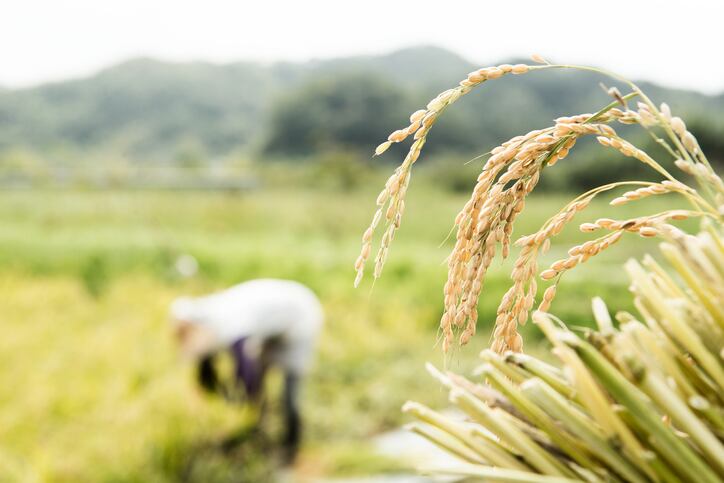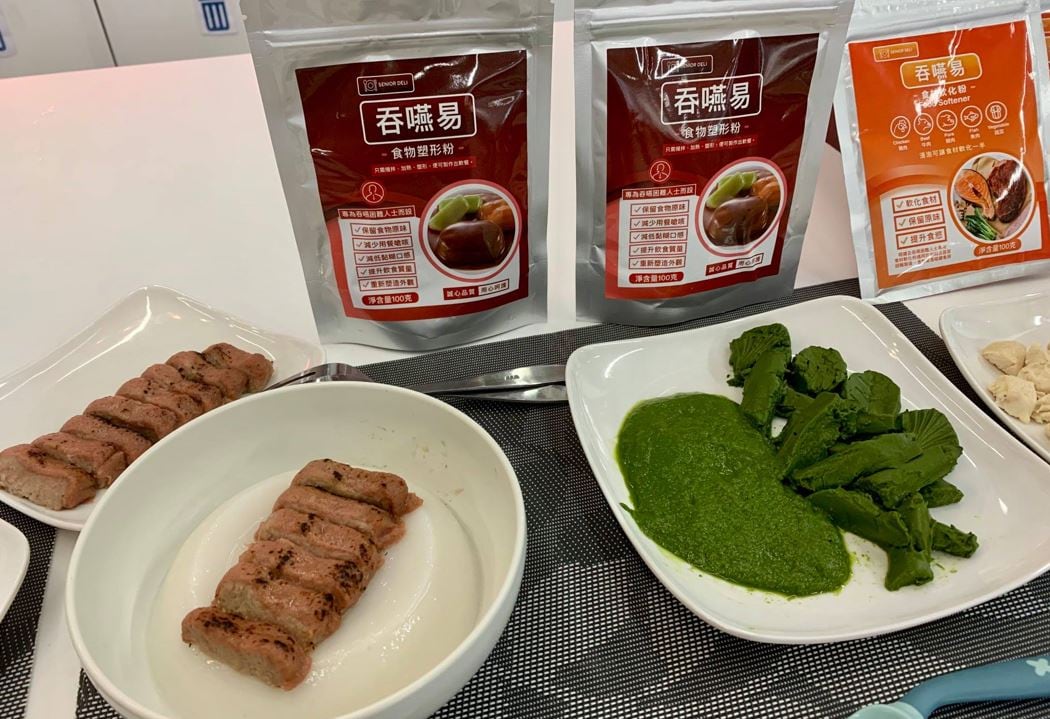Led by Dr Nese Sreenivasulu, research unit leader for consumer-driven grain quality and nutrition at IRRI, the project aims to introduce antioxidant properties into high-yielding rice varieties through conventional breeding to help lower the prevalence of cancer.
Cancer is the second leading cause of death globally, and while part of it is due to genetics, a larger portion is influenced by lifestyle factors such as unhealthy diet, obesity, exposure to carcinogens, and smoking.
Currently, the approach to cancer is centred around treating the symptoms, so researchers at IRRI decided to use a prevention approach instead.
“We looked at what we can do in terms of the diet, particularly in staples like rice, which is a carbohydrate-heavy staple for 60% of the world’s population,” Sreenivasulu said.
“We need foods that are rich in bioactives with higher antioxidant potential. Bioactives such as flavonoids, anthocyanins, phenolic compounds help to reduce oxidative stress, which plays a role in countering cancer onset.”
Rice gene
For this project, researchers at IRRI sequence the genome of wholegrain rice and identified two genes, bHLH and IPT5 for enriching flavonoids.
Wholegrain rice contains essential nutritional components, including phytochemicals, and fiber, however, its outer bran layers are often removed to reduce rancidity during storage and give a softer texture seen in the more widely consumed white rice.
These genes were associated with higher catechin levels, elevated flavonoid contents, and heightened antioxidant activity in the whole grain with elevated anti-cancer properties being confirmed in cancer cell lines.
IRRI has collaborated with De La Salle University to test the anti-cancer properties through breast and lung cancer cell lines.
The genetic variations were also linked to low glycemic index (GI) which is ideal for rice consumers with type II diabetes.
According to Sreenivasulu, rice is typically high in starch and amylopectin, which gets rapidly digested into glucose once consumed.
However, the genes seem to reduce the amylopectin composition in the rice, which results in a lower GI.
Currently, there is only in-vitro evidence available, but IRRI hopes to validate the findings through in-vivo clinical trials.
“We would expect that rice with antioxidants consumed daily would play a vital role in preventing the occurrence of cancer. We're not here to advise that this will cure the cancer, but the number of incidents can be reduced if we can incorporate this as part of a healthy diet.”
Currently, the rice variety may not be compatible to grow across different regions, so through marker assisted selection, IRRI will undertake breeding programs to incorporate these traits into high yielding popular varieties. IRRI is a non-profit organisation focused on research and breeding work.
In three to five years’ time, it plans to work with the industry on the feasibility of commercialisation.
Other projects
In addition to the current project, IRRI is also exploring the potential of adding fibre into rice.
“Many of the non-communicable diseases are linked to a lower consumption of dietary fibre. Everyday we require around 30g of dietary fibre, however most of the foods were eat are void of it,” Sreenivasulu said.
Rice typically contains 0.5 to 1.5% of fibre, depending on the genetic variability. While whole grains tend to have higher levels, there are rancidity challenges, since there are lipids present which then gets oxidised.
The team at IRRI have been able to increase resistant starch in the milled rice, a form of dietary fibre increased up to 9%.
Source: The Plant Journal
https://doi.org/10.1111/tpj.15182
“The genetics underlying metabolic signatures in a brown rice diversity panel and their vital role in human nutrition”
Authors: Yariv Brotman, et al.




